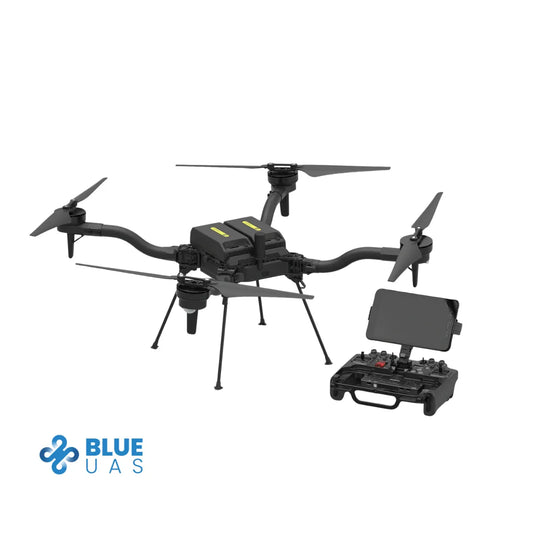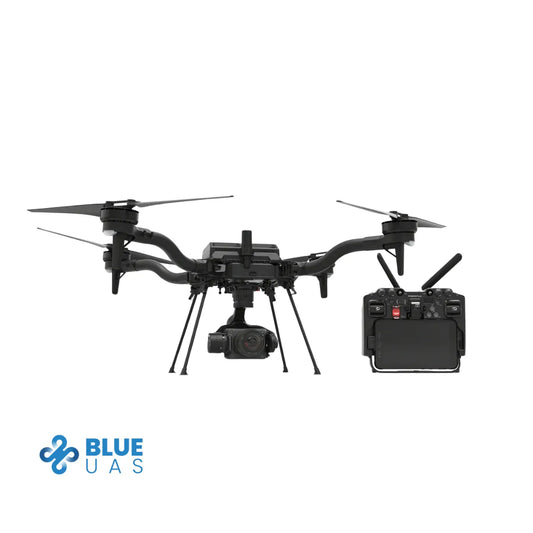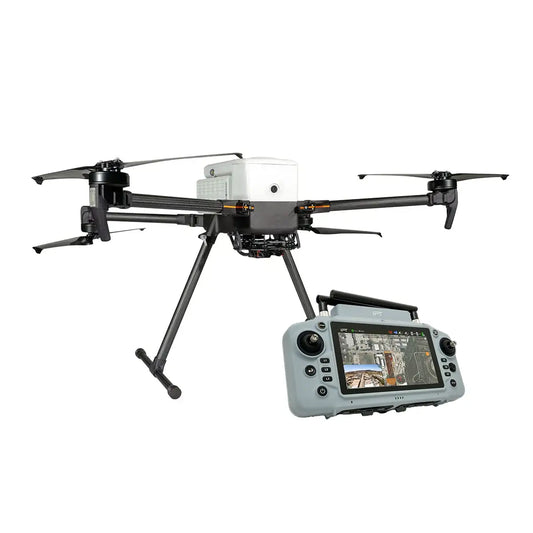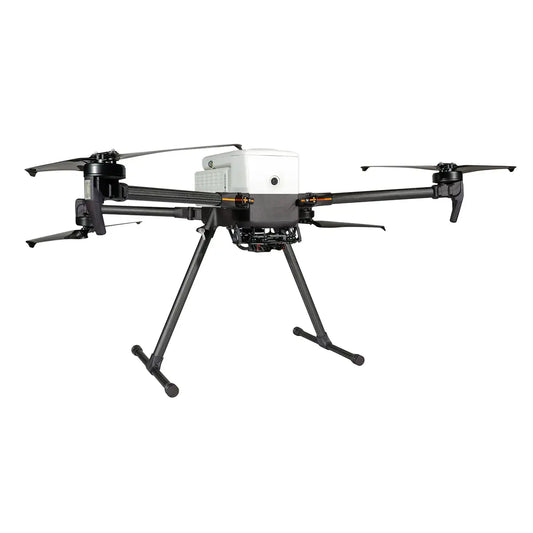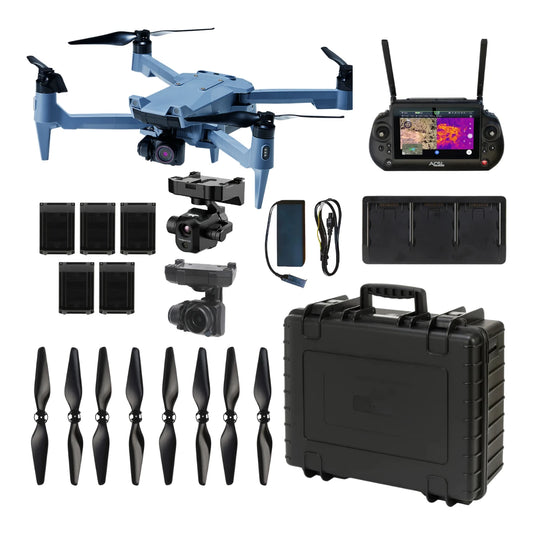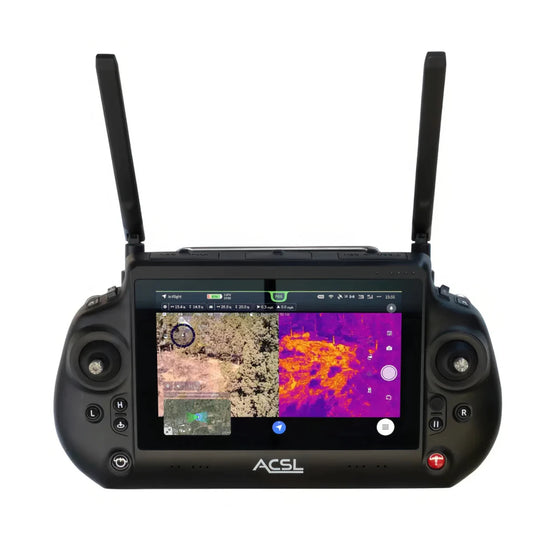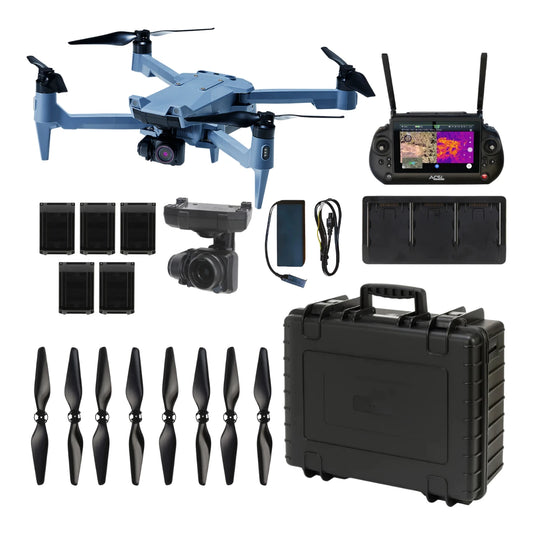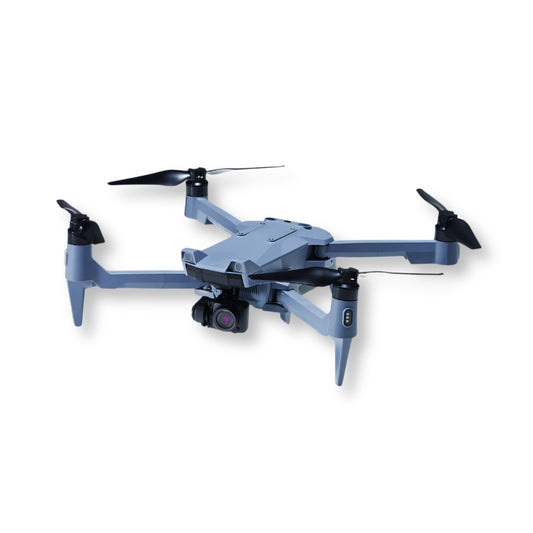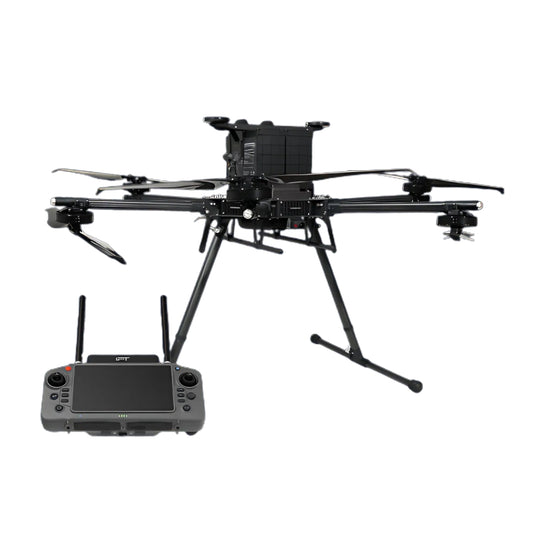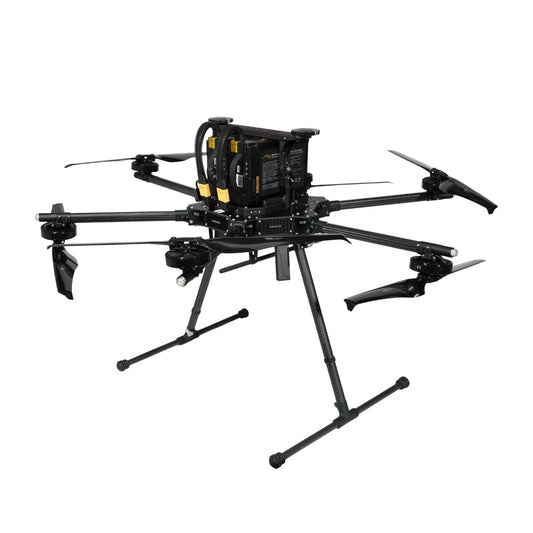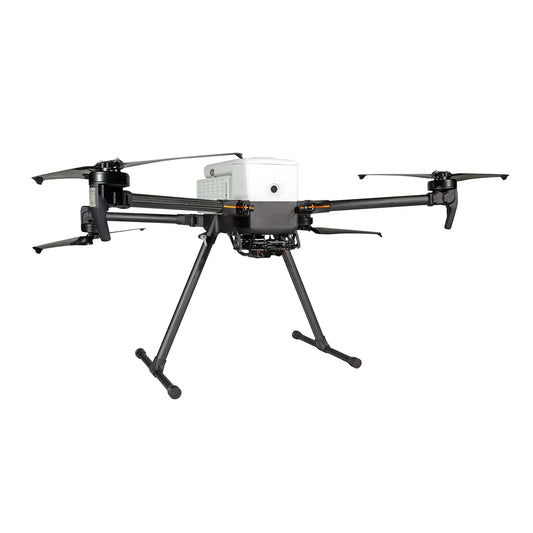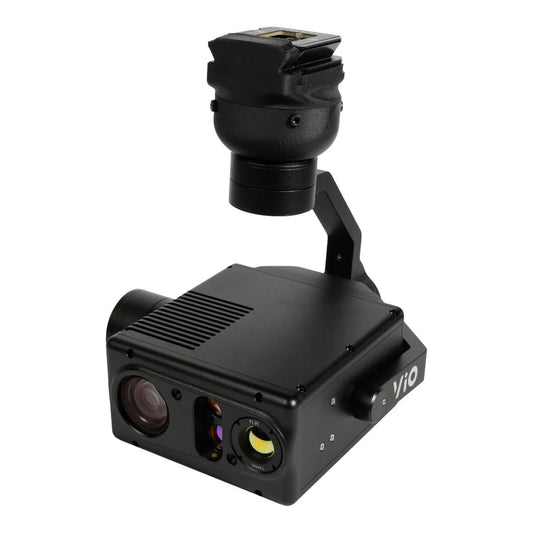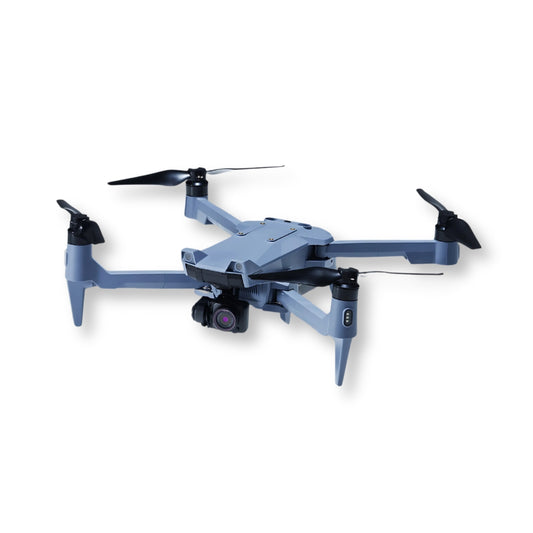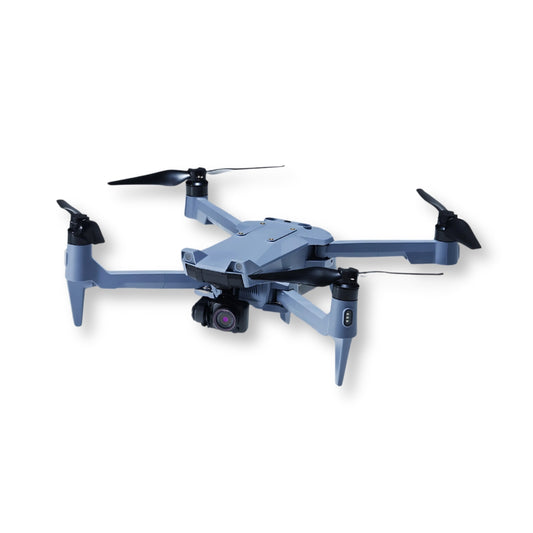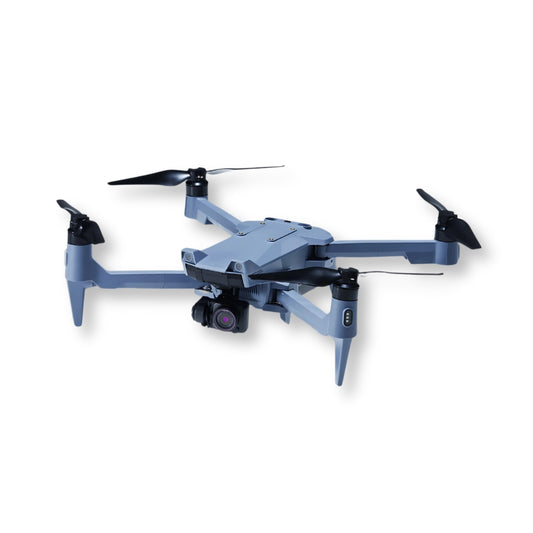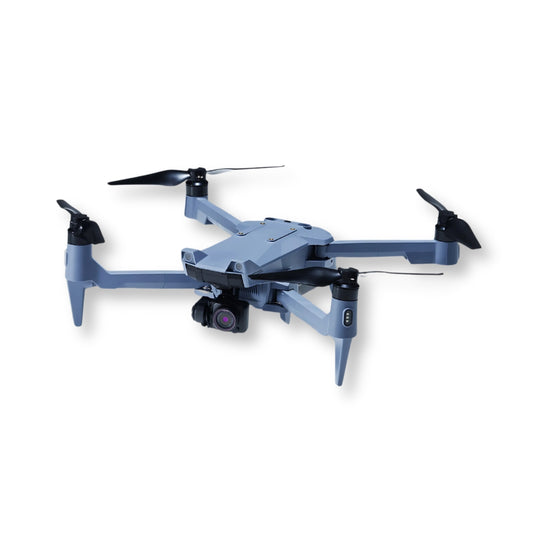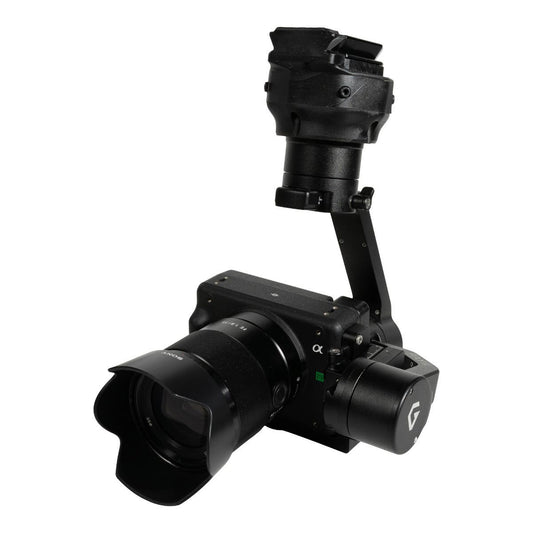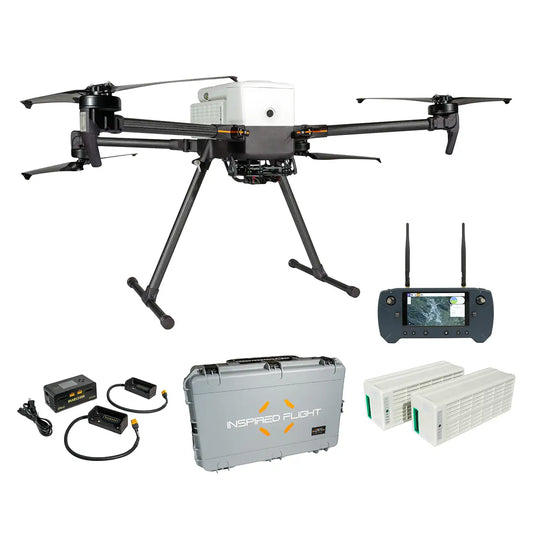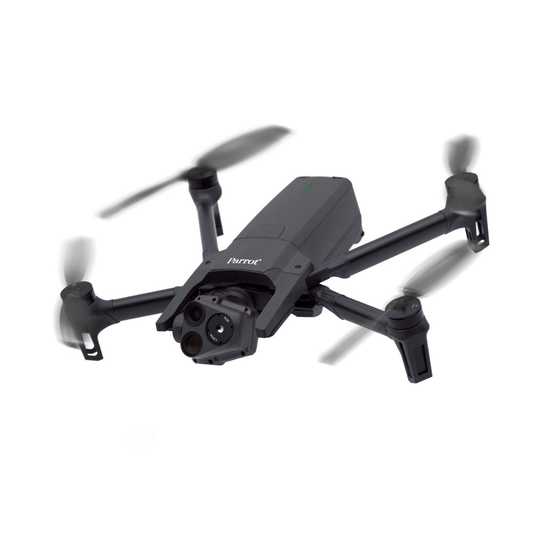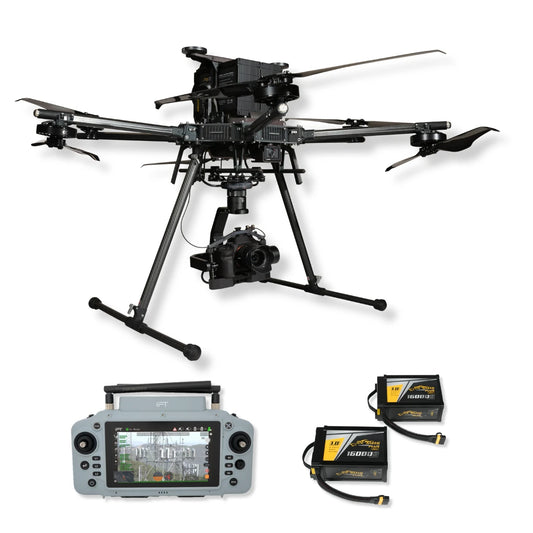NDAA-Compliant and Blue UAS Drones
At DSLRPros, we provide more than just drones—we deliver systems that agencies can confidently deploy in critical missions. This collection includes Blue UAS drones approved by the Department of Defense (DoD) as well as a broader range of NDAA-compliant drones that meet Section 848 sourcing requirements.
Both categories are designed for government, defense, and public safety use, ensuring your team has access to secure, trusted platforms for operations where compliance and reliability matter most.
What is Blue UAS?
Blue UAS is a special program by the U.S. government to pick drones (and their parts / software) for military or government use. The Department of Defense created the program to make sure the drones it uses are safe, secure, and trustworthy.
In the program, the DoD put drones under strict checks for cybersecurity, supply chain safety, and compliance with U.S. laws. Many drones on the market could have risks, like hidden security issues, hacking, or sensitive parts made in countries that might pose threats. Instead of testing every drone from scratch, the program provides a “cleared list” of drones that passed the thorough assessments. This helps the government quickly choose drones it can trust while protecting national security.
By simply referring to the Blue UAS cleared list of drones, the military and other U.S. agencies save time and money because they don’t need to test the drones themselves. They can trust it won’t put sensitive information at risk.
For the drone makers, being on the list is a big advantage since it shows their product meets high security standards and is officially trusted by the US government.
What about the non-Blue UAS?
Not being on the Blue UAS Cleared List doesn't necessarily mean not being able to sell or supply drones to government organizations.
If a DoD entity meets their own internal administrative standards, they can acquire certified compatible UAS not on the cleared list. While Blue UAS offers bare-bones verification of DoD administrative standards, USG entities are free to purchase other certified compliant UAS that meet their mission requirements.
Non-Blue UAS drones that are NDAA-compliant are among the aircrafts of choice by organizations. They may not carry the Blue UAS label but can still be eligible and trusted for government use if they meet the necessary security and sourcing standards.
What are NDAA-compliant drones?
When a drone is called NDAA-compliant, it means it follows rules set by the National Defense Authorization Act (NDAA), a U.S. law that, among many things, sets standards for what drones the government can buy. The goal is to make sure drones used by the U.S. military and government are safe and secure, especially against risks like spying, hacking, or hidden backdoors in the technology.
To be NDAA-compliant, a drone and its critical parts—like the flight controller, radio systems, cameras, and data links—cannot be made by companies from certain “covered” countries (such as China, Russia, Iran, and North Korea). This is because parts from those places might pose security risks. Instead, the components must come from trusted sources, and the manufacturer has to show a transparent supply chain.
For government agencies, NDAA compliance means they can legally and safely use the drone. For manufacturers, it shows their product meets strict U.S. security standards, making it more trusted and valuable in the market.
NDAA-Compliant vs Blue UAS: What’s the Difference?
NDAA-compliant drones meet Section 848 requirements. These drones are eligible for most government and public safety programs where compliance is required. NDAA Section 848 restricts the use of certain components in government-funded UAS programs. Drones that are NDAA-compliant are built without these prohibited parts, reducing procurement risks and ensuring long-term program viability.
Blue UAS drones go a step further. In addition to meeting NDAA standards, they are vetted through the Defense Innovation Unit (DIU) Blue UAS program for cybersecurity, supply chain integrity, and overall mission readiness. They appear on the official Blue UAS Cleared List for rapid government procurement.
All Blue UAS drones are NDAA-compliant. Not all NDAA-compliant drones are Blue UAS-approved.
DSLRPros provides both, so your agency can choose the right fit based on mission scope, procurement requirements, and budget.
The Value of Choosing Certified Drones
Choosing drones that are either Blue UAS cleared or NDAA-compliant gives buyers and operators peace of mind beyond just performance. These certifications are not only about flying safely, but also about ensuring long-term trust, smooth operations, and meeting government standards.
For buyers, this means:
- Fewer delays during procurement and contracting: Because the drones already meet the necessary security and sourcing requirements, agencies can move faster without lengthy checks.
- Confidence that your fleet meets federal security requirements: Operators can be assured their drones are vetted against risks like hacking, data leaks, or unapproved components.
- Clear documentation for audits and compliance reviews: When agencies or contractors face audits, having certified drones simplifies the process and reduces potential legal or regulatory issues.
Opting for Blue UAS or NDAA-compliant drones gives users a smoother path to acquisition, stronger assurance of cybersecurity, and easier compliance, making them a safer investment for both government and private missions.
Buyer Pain Point: Procurement Risk
Agencies often discover too late that an off-the-shelf drone doesn’t meet federal sourcing requirements. This leads to:
- Wasted budgets on non-compliant hardware
- Delays in program rollout while seeking approved alternatives
- Increased scrutiny during audits or grant-funded purchases
By sourcing from DSLRPros’ NDAA-compliant drone collection, including those on the Blue UAS Cleared List, you reduce these risks. Our team provides documentation, compliance support, and procurement guidance so you can focus on deployment—not paperwork.





















